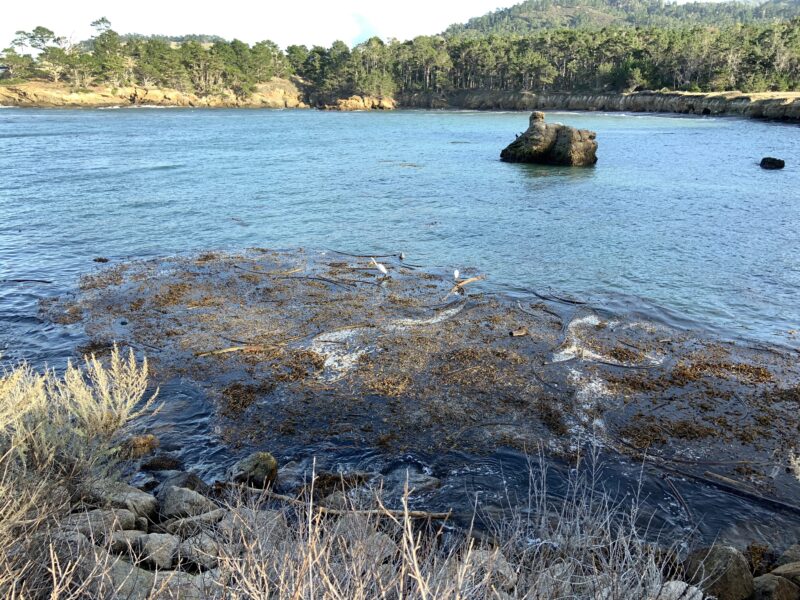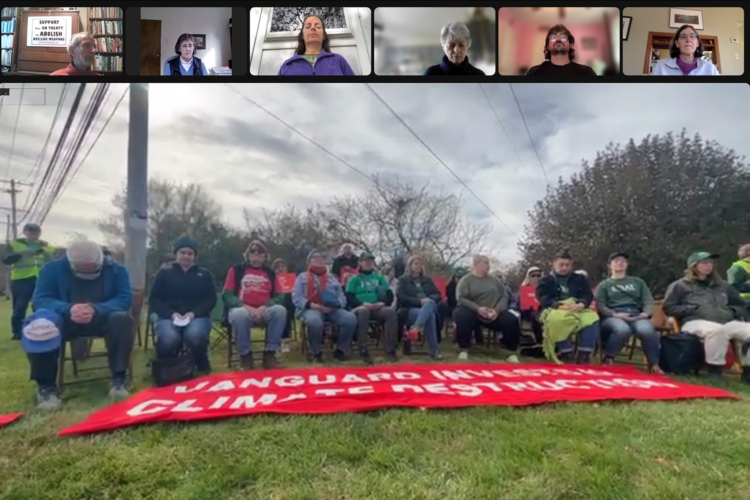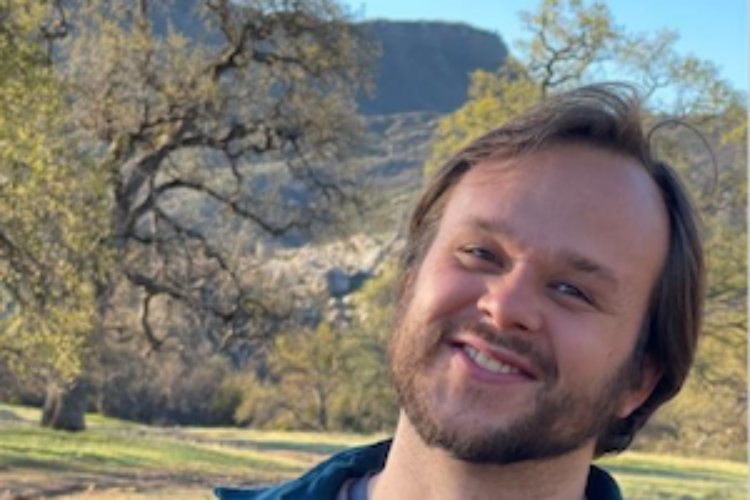North America the Beautiful: 30×30 Conservation Efforts

by Joseph Cotham.
The United States and Canada have committed to the conservation of 30% of the land and waters of the United States by 2030. The U.S.’ 30×30 initiative has evolved into the America the Beautiful campaign, a national call to action that is noteworthy for its goal and for its emphasis on the involvement of local stakeholders in all land and water use decisions. Canada’s federal government committed to this goal at the same time, and works as part of an intergovernmental coalition with 30 other countries who have also committed to the “30×30.”
In 2002, E.O. Wilson published The Future of Life in which he suggested the idea of setting aside half of the Earth’s land and waters for wild nature and the maintenance of biodiversity. He followed in 2016 with an expansion of this concept in Half Earth. In 2019, a group of researchers elaborated Wilson’s ambitious vision and released the Global Deal for Nature which specified a precursor roadmap for setting aside 30% of the Earth’s land and waters by 2030. Since then, the 30×30 goal has become the benchmark for measuring conservation success.
The U.S.’ America the Beautiful report outlines eight principles reflecting “a broad consensus of views and recommendations among the many stakeholders, agencies and tribes.” The principles are:
- Pursue a Collaborative and Inclusive Approach to Conservation.
- Conserve America’s Lands and Waters for the Benefit of All People.
- Support Locally Led and Locally Designed Conservation Efforts.
- Honor Tribal Sovereignty and Support the Priorities of Tribal Nations.
- Pursue Conservation and Restoration Approaches.
- Honor Private Property Rights and Support the Voluntary Stewardship Efforts of Private Landowners and Fishers.
- Use Science as a Guide.
- Build on Existing Tools and Strategies with an Emphasis on Flexibility and Adaptive Measures.
Early response to President Biden’s commitment to 30×30 was critical of “federal overreach,” characterizing it as a “land grab.” But once the America the Beautiful initiative was released much of the criticism abated. At a webinar hosted by the Western Landowner’s Alliance, Gov. Mark Gordon of Wyoming said, “As always, proof lies in action, not words. I am cautiously optimistic that the administration will leave 30×30 in the hands of locally based, cooperative, and truly voluntary efforts. If this initiative is not implemented in a way that focuses on the local level, it is surely doomed.” That is the emphasis of the initiative— local, voluntary action.
How will the plan’s scientific principles function in the realm of local politics? Expansive definitions of conservation, which include conservation easements on farming land, may not provide the natural environments required to reverse biodiversity and species loss, both of which were major problems that motivated the initial 30×30 initiative. For example, remediation efforts that encourage large stands of monocultured trees are not a substitute for maintaining a mature forest.
The National Resource Defense Council offers guidance: “As a primary measure, the U.S. and Canada need to work together to place Indigenous-led protection at the forefront of their 30×30 implementation. Indigenous Peoples in both Canada and the U.S. have lived on and stewarded the land for millennia, and have, for decades, been leading the way toward a more sustainable future in the absence of insufficient government action.”
We can coax these initiatives in the direction of realizing their potential. I encourage Friends to read more about your country’s 30×30 initiatives, contact your local chapters of conservation groups, and make your opinion known.
Joseph Cotham is a member of Live Oak Meeting in Salinas, CA. He also participates in the Unity with Nature Committee of Pacific Yearly Meeting. His passion is communicating our interdependence with the community of life.


